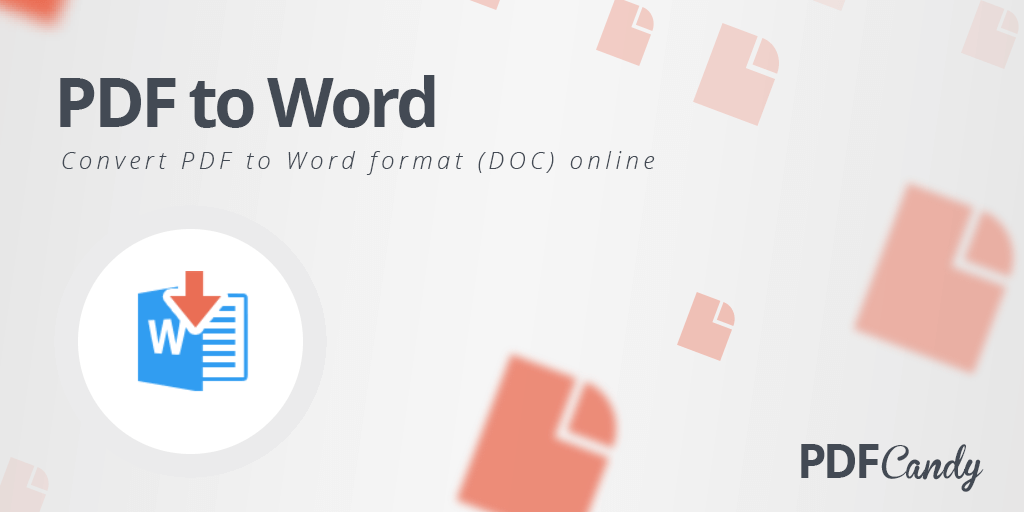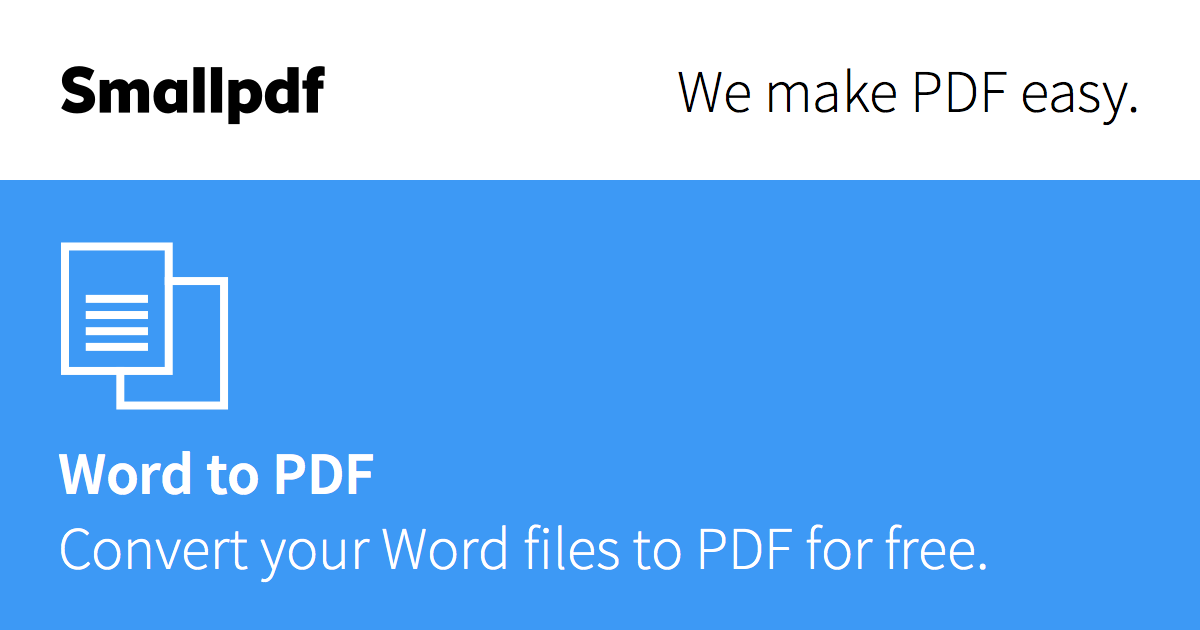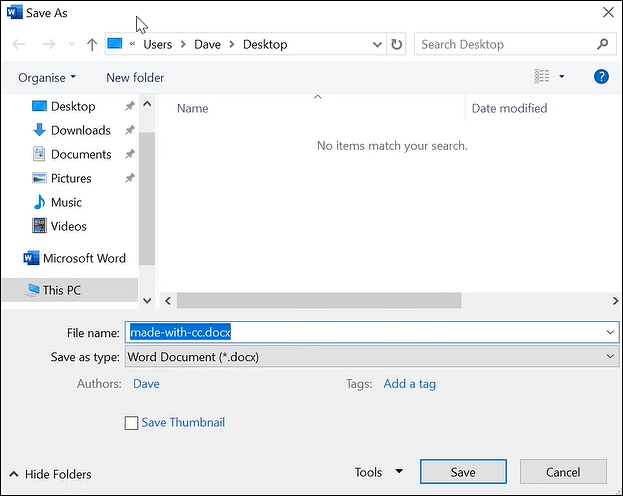

Since these printed files can be easily scanned across a computer through different OCR systems, the user can efficiently scan it into a PDF file and proceed towards its alteration. Some systems are capable of reproducing formatted output that closely approximates the original page including images, columns, and other non-textual components.Usually, when you are sitting in your office and are returned with an analyzed hard copy of your report, you may find a series of mistakes that are to be immediately corrected for presenting it across the meeting. Advanced systems capable of producing a high degree of recognition accuracy for most fonts are now common, and with support for a variety of digital image file format inputs.

OCR is a field of research in pattern recognition, artificial intelligence and computer vision.Įarly versions needed to be trained with images of each character, and worked on one font at a time.

Widely used as a form of data entry from printed paper data records – whether passport documents, invoices, bank statements, computerized receipts, business cards, mail, printouts of static-data, or any suitable documentation – it is a common method of digitizing printed texts so that they can be electronically edited, searched, stored more compactly, displayed on-line, and used in machine processes such as cognitive computing, machine translation, (extracted) text-to-speech, key data and text mining. Optical character recognition or optical character reader (OCR) is the electronic or mechanical conversion of images of typed, handwritten or printed text into machine-encoded text, whether from a scanned document, a photo of a document, a scene-photo (for example the text on signs and billboards in a landscape photo) or from subtitle text superimposed on an image (for example from a television broadcast).


 0 kommentar(er)
0 kommentar(er)
